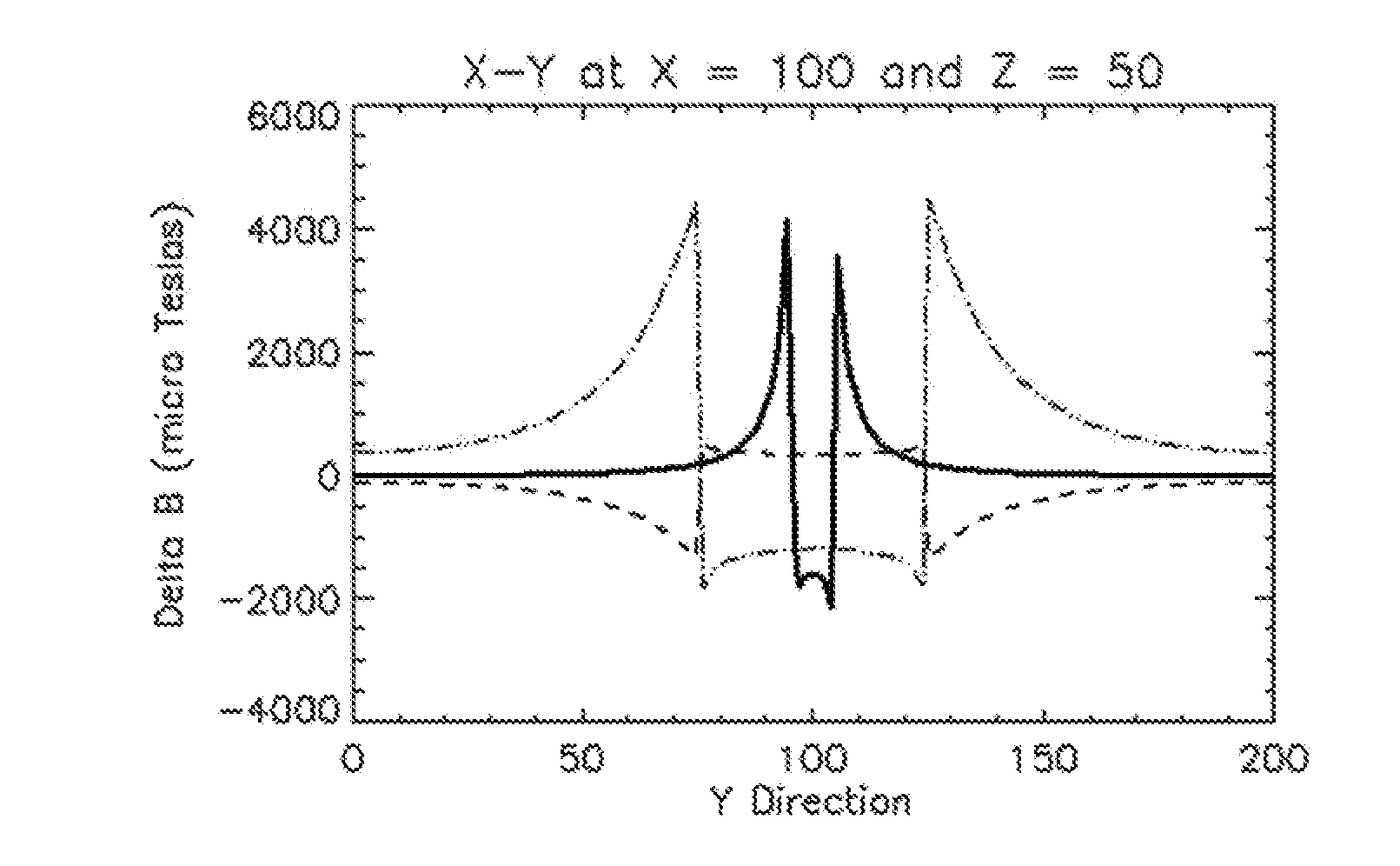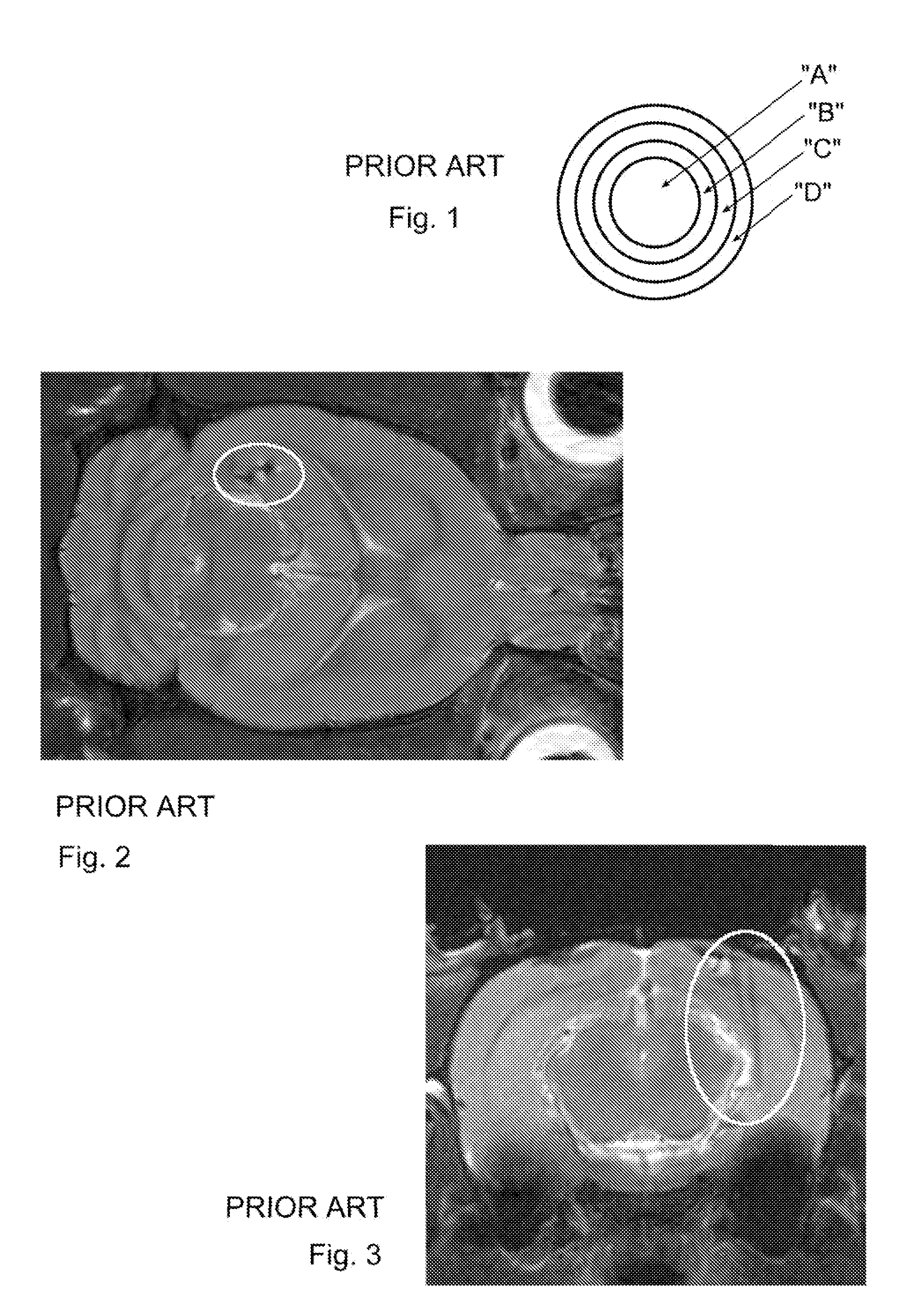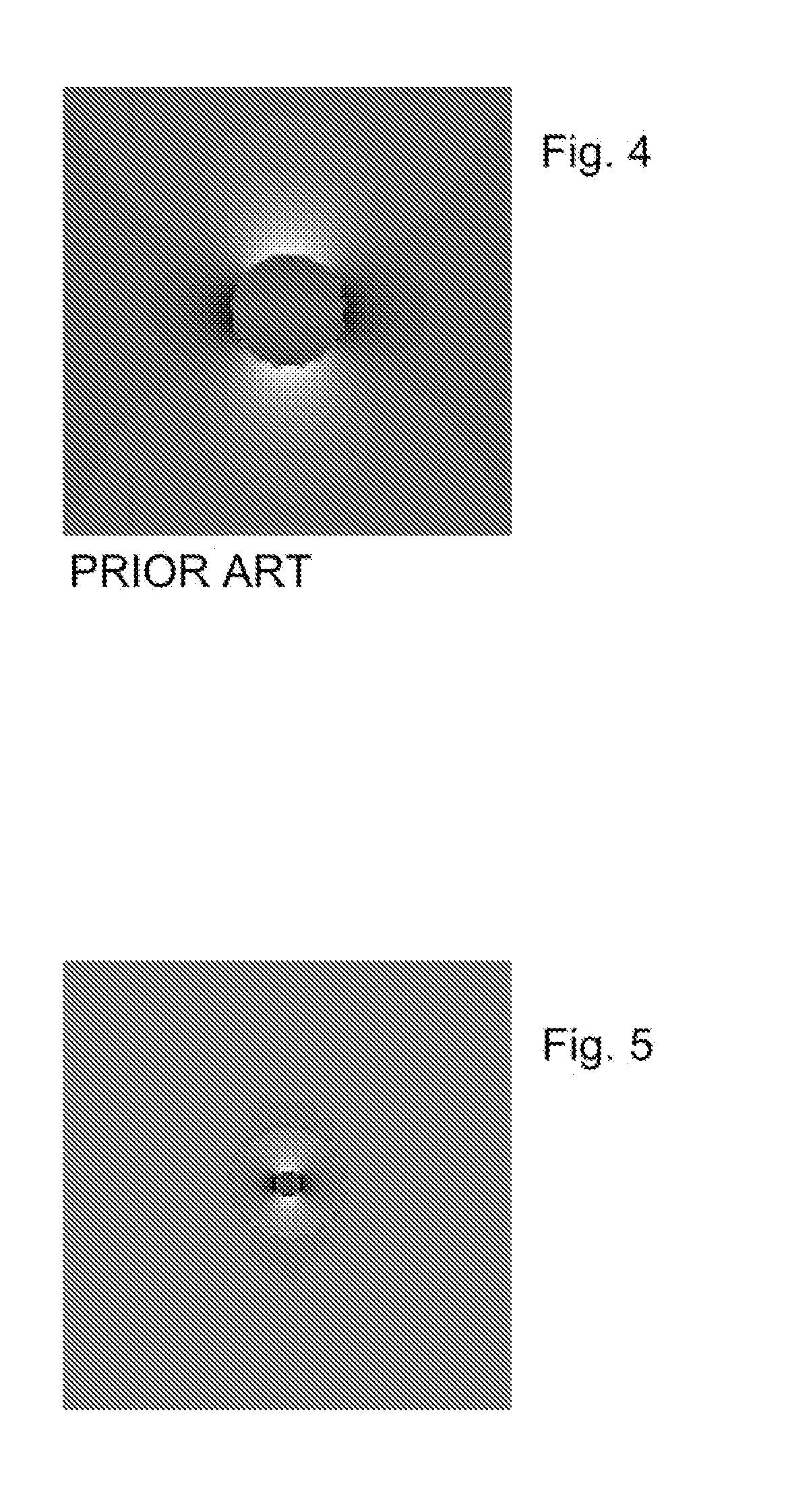Magnetic resonance compatible and susceptibility-matched apparatus and method for mr imaging & spectroscopy
a technology of susceptibility matching and magnetic resonance, applied in the field of magnetic resonance compatible and susceptibility matching apparatus and method for mr imaging & spectroscopy, can solve the problems of image distortion, poor conductivity of fused-silica, and fluctuation in the local magnetic field at the tissue-electrode interface, so as to minimize the introduction of mr image and spectral distortion, and reduce the perturbation of the local magnetic field
- Summary
- Abstract
- Description
- Claims
- Application Information
AI Technical Summary
Benefits of technology
Problems solved by technology
Method used
Image
Examples
Embodiment Construction
[0058]In the description which follows, the particular embodiments described herein are not to be considered as limiting of the present invention.
[0059]Prior art devices used during Magnetic Resonance Imaging (MRI) and MR spectroscopy (hereafter MR), that have magnetic susceptibility that is poorly matched to surrounding tissue, can produce perturbations in the local magnetic field, creating MR image and spectral distortions introduced near the interface between the device and the surrounding material. A schematic illustration of a typical prior art electrode is provided in FIG. 1, in which “A” represents a 50 μm diameter tungsten core; “B”, a 0.13-0.38 μm thick nickel flash; “C”, a 1.3 μm gold layer; and “D”, a 58-78 μm polyimide coating.
[0060]With reference to FIGS. 2-3, the chronic limbic epilepsy rat model requires the placement of chronic electrodes in a specific brain region. To minimize the impact, extremely small electrodes (e.g. 50 μm diameter wire) are used. However, elect...
PUM
 Login to View More
Login to View More Abstract
Description
Claims
Application Information
 Login to View More
Login to View More - R&D
- Intellectual Property
- Life Sciences
- Materials
- Tech Scout
- Unparalleled Data Quality
- Higher Quality Content
- 60% Fewer Hallucinations
Browse by: Latest US Patents, China's latest patents, Technical Efficacy Thesaurus, Application Domain, Technology Topic, Popular Technical Reports.
© 2025 PatSnap. All rights reserved.Legal|Privacy policy|Modern Slavery Act Transparency Statement|Sitemap|About US| Contact US: help@patsnap.com



